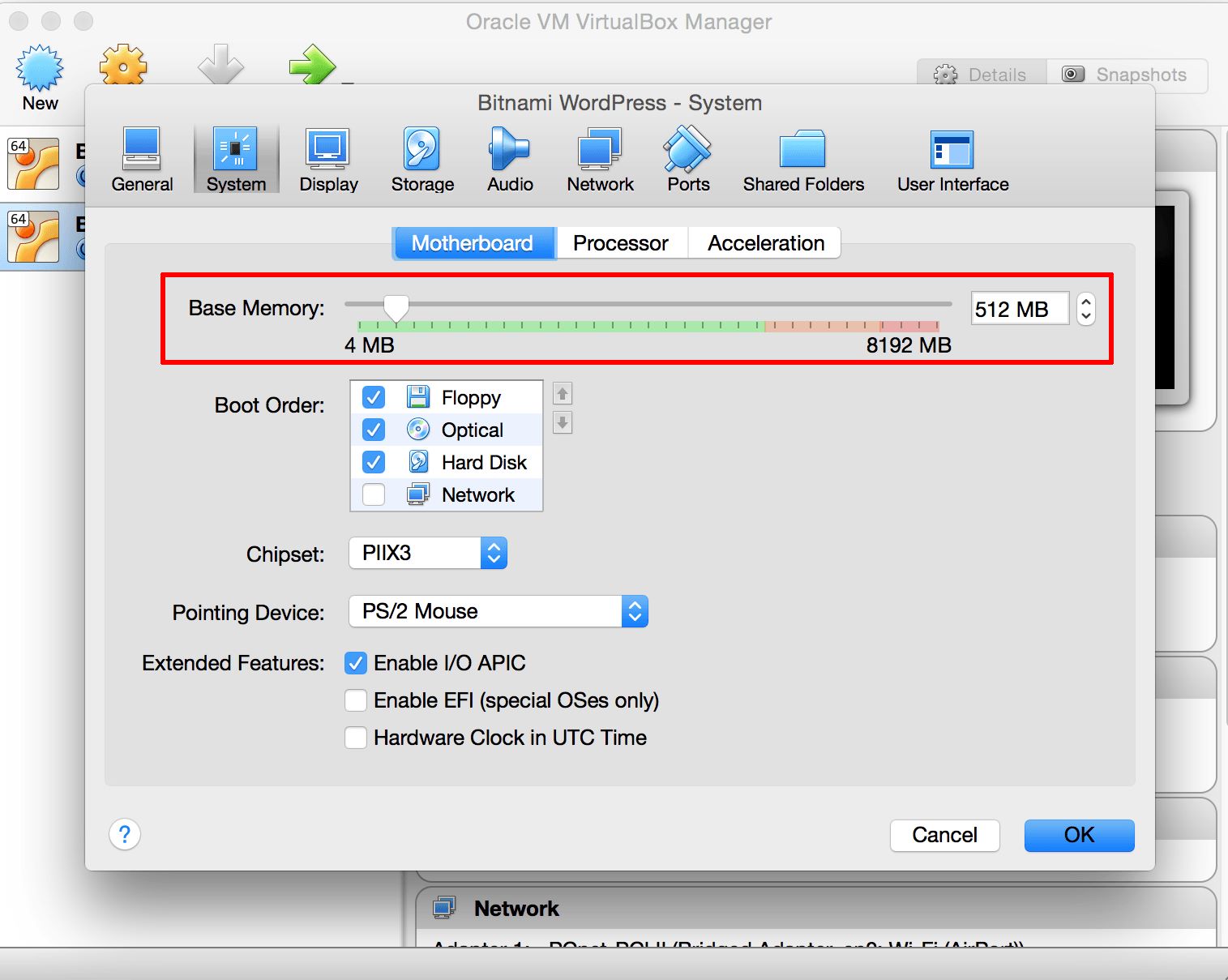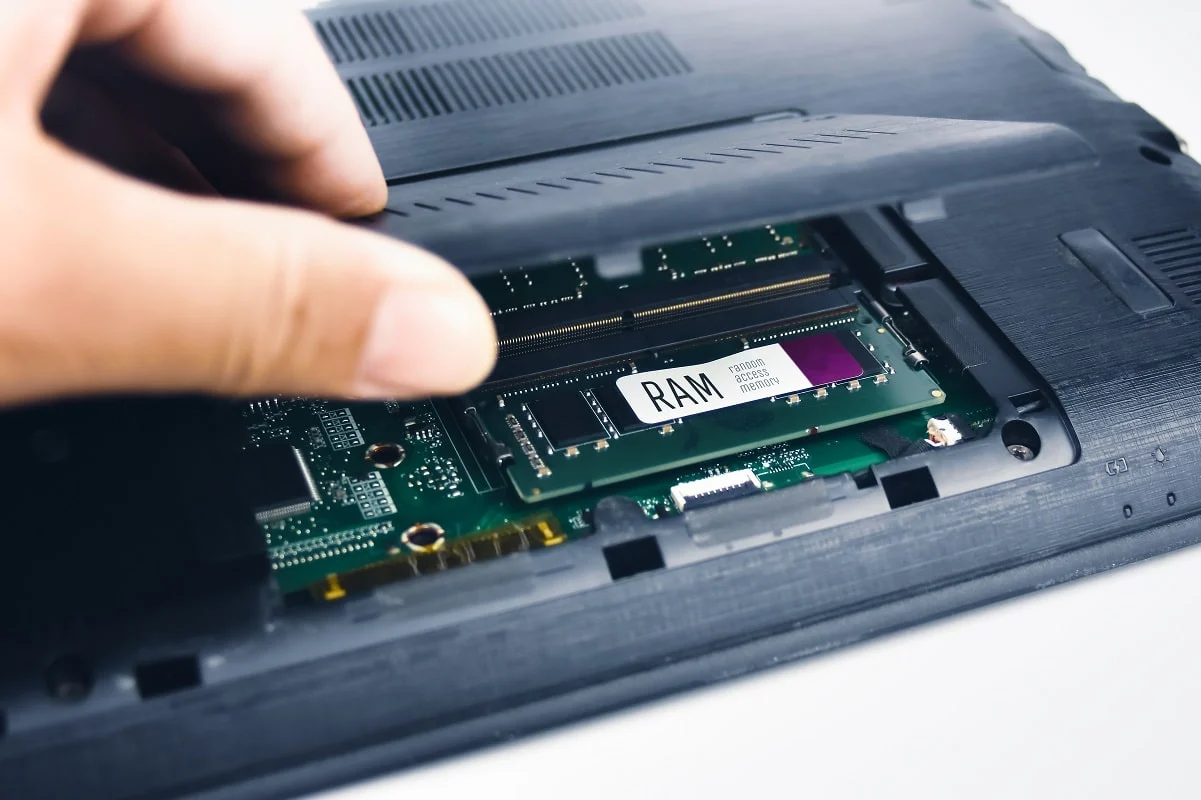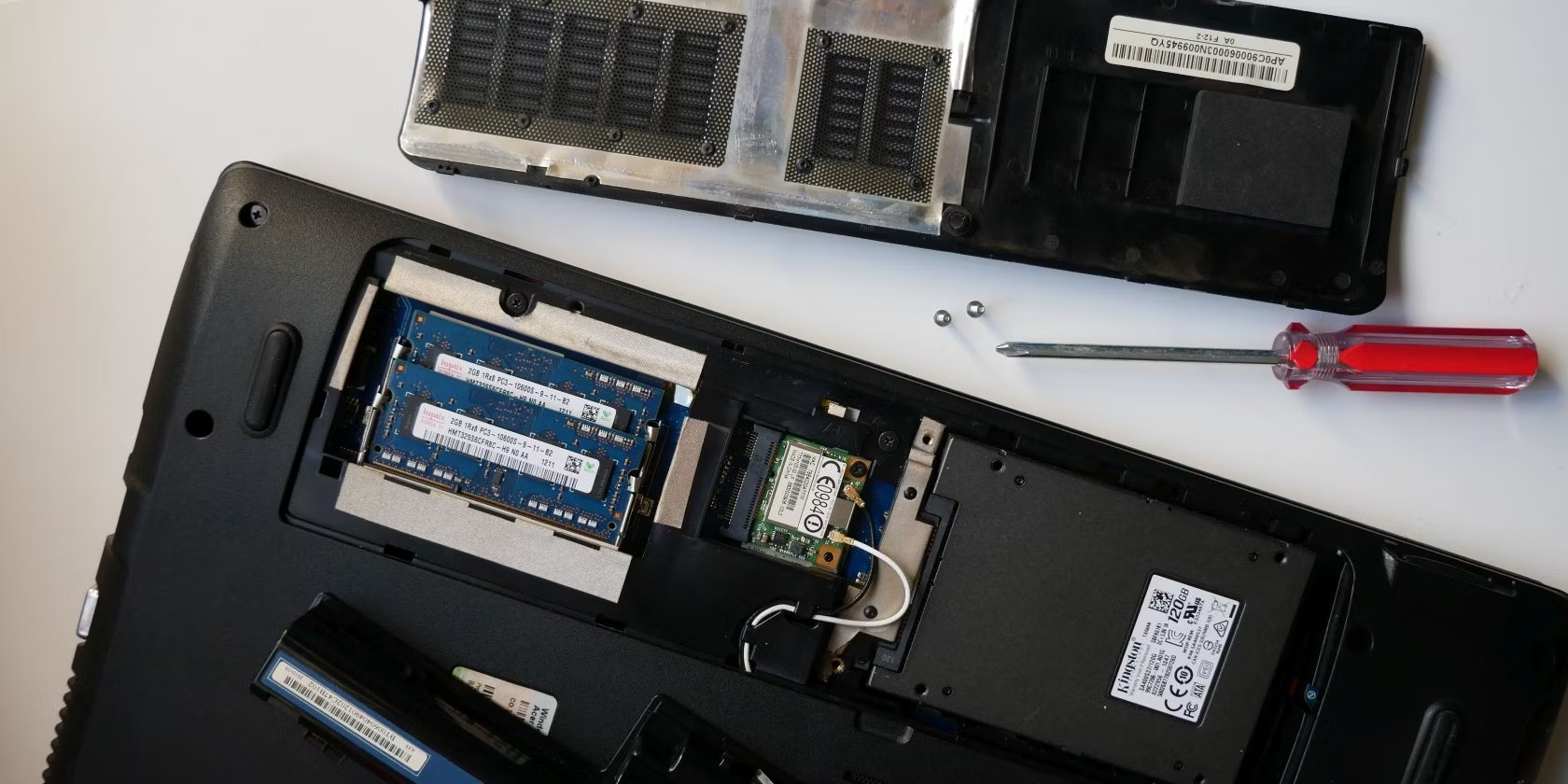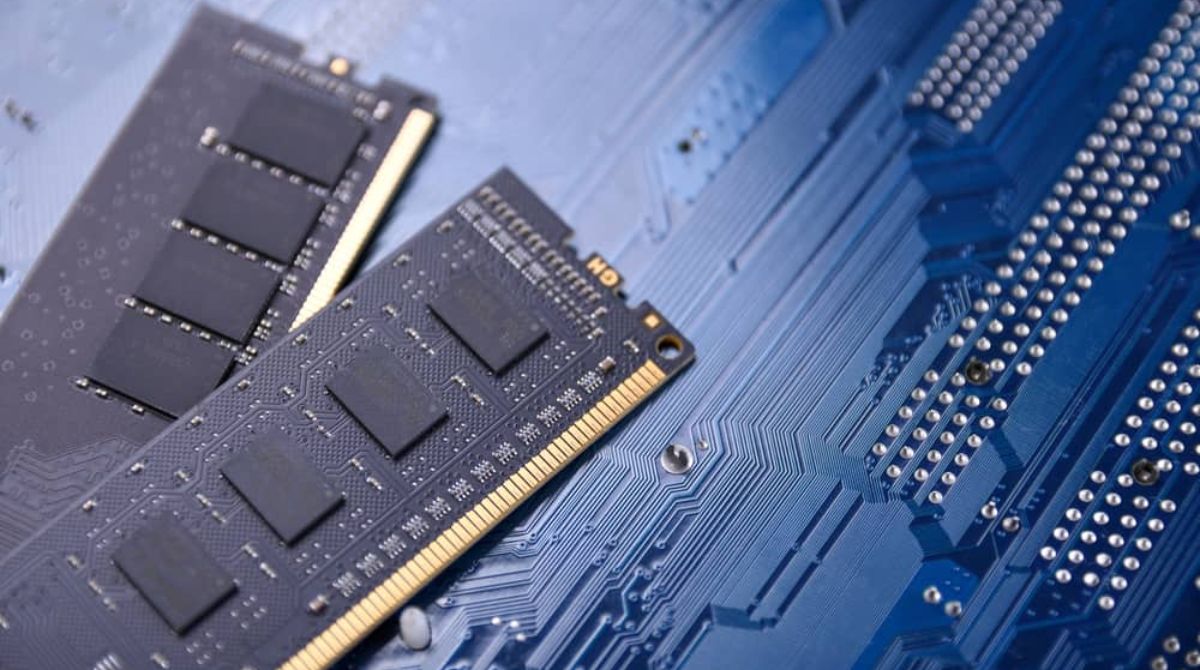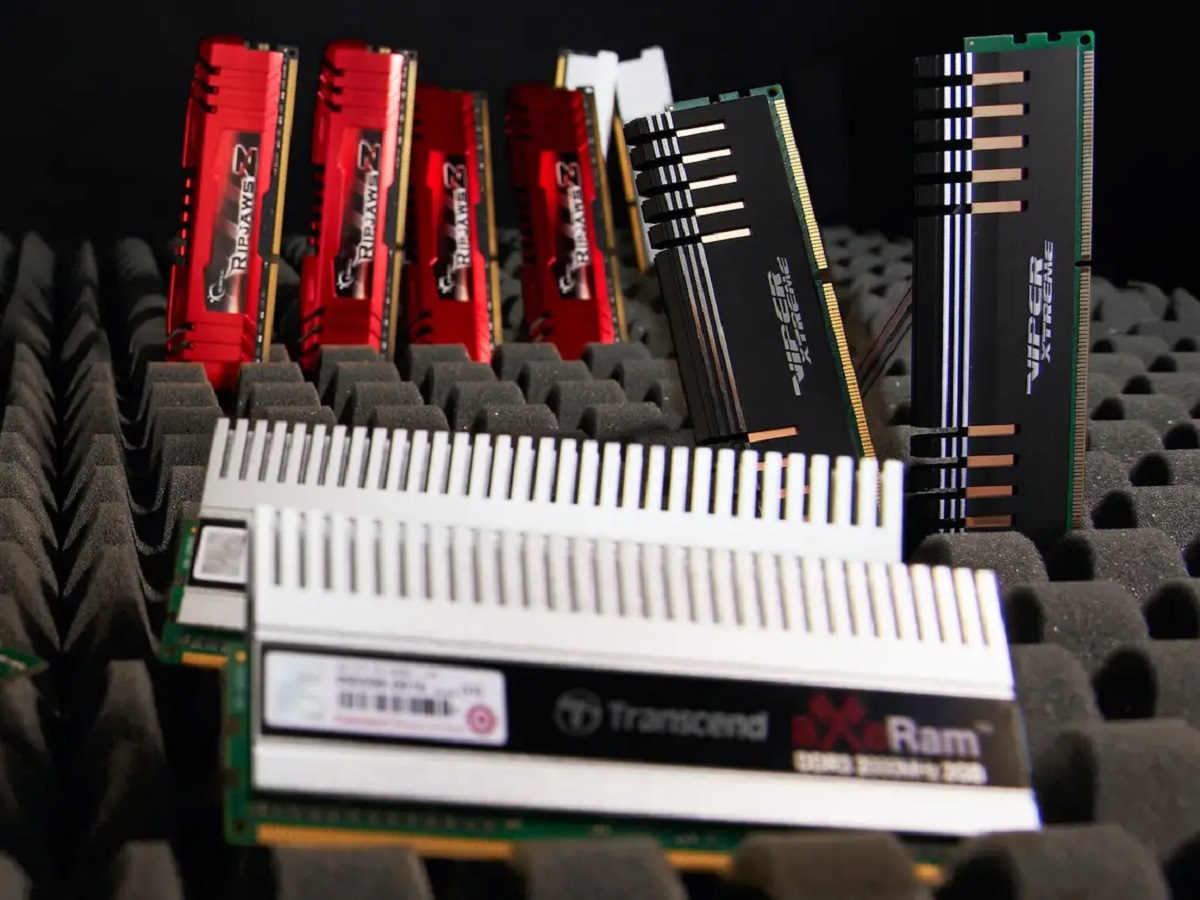Introduction
The memory allocation for virtual machines is a critical aspect of virtualization technology. Allocating the right amount of memory to a virtual machine is essential for optimal performance and efficient utilization of resources. However, determining how much memory is required for a virtual machine can be a complex task, as it depends on various factors such as the operating system, workload, and memory allocation techniques.
In this article, we will explore the factors that need to be considered when determining the memory requirements for virtual machines. We will also delve into the memory requirements for different operating systems and workloads, as well as examine memory overcommitment and ballooning. Additionally, we will discuss best practices for memory allocation and highlight the importance of monitoring and managing memory usage.
Understanding these concepts and guidelines will help IT professionals and system administrators make informed decisions regarding memory allocation for virtual machines, leading to improved performance, resource utilization, and cost-effectiveness in virtualized environments.
Factors to Consider
When determining the memory requirements for a virtual machine, it is important to take various factors into account. These factors will help you understand the needs of the virtual machine and allocate the appropriate amount of memory. Let’s explore some of the key factors to consider:
1. Operating System: The memory requirements can vary depending on the operating system (OS) being used. Different OSs have different memory footprints and minimum RAM recommendations. For example, a lightweight Linux distribution may require less memory compared to a Windows Server OS.
2. Workload: The workload running on the virtual machine plays a significant role in determining memory requirements. Applications with heavy usage, such as databases, virtual desktop infrastructure (VDI), or multimedia editing software, may require more memory to operate efficiently.
3. Concurrent Users/Connections: If the virtual machine will be heavily accessed by multiple users or clients simultaneously, additional memory may be needed to handle the increased demand. This is particularly important for applications or services that require fast response times or handle a large number of concurrent connections.
4. Resource Sharing: Consider the overall resource allocation strategy in your virtual environment. If multiple virtual machines will be running on the same host, you need to ensure that there is enough memory available for all the VMs to avoid contention or performance degradation.
5. Future Scalability: It is crucial to anticipate future growth and scalability requirements when allocating memory. If you expect the workload or user base to increase over time, it is beneficial to allocate additional memory upfront to accommodate future expansion without disruption.
6. Hardware Constraints: Take into account the hardware limitations of the physical host. The available physical memory on the host should be sufficient to meet the cumulative memory requirements of all running virtual machines. Additionally, consider any limitations imposed by the hypervisor or virtualization platform.
By considering these factors, you can make a more informed decision regarding the memory allocation for your virtual machine. It is important to strike a balance between providing enough memory to ensure optimal performance and not over-allocating resources, which can lead to wastage and inefficient utilization.
Memory Requirements for Different Operating Systems
When it comes to virtual machines, different operating systems have varying memory requirements. Understanding these requirements is crucial in order to allocate the appropriate amount of memory for optimal performance. Let’s explore the memory requirements for some common operating systems:
1. Windows Server: Windows Server operating systems, such as Windows Server 2016 or 2019, typically have higher memory requirements compared to client versions of Windows. Microsoft recommends a minimum of 2 GB of RAM for a Windows Server installation, but the actual memory requirement will depend on the specific workload and number of users that the server is serving.
2. Linux: Linux distributions are generally lightweight and have lower memory requirements compared to Windows. For example, a simple Linux distribution like Ubuntu or CentOS may only require 512 MB to 1 GB of RAM to function adequately. However, memory requirements may increase depending on the specific workload or software being used.
3. macOS: macOS, the operating system used by Apple computers, also has its own memory requirements. The minimum recommended memory for macOS varies depending on the version and specific hardware requirements. As a general guideline, a minimum of 2 GB of RAM is typically recommended for macOS installations.
4. UNIX-like Systems: UNIX-like operating systems, such as FreeBSD or OpenBSD, have modest memory requirements similar to Linux distributions. Typically, these systems can operate efficiently with 1 GB of RAM or more, depending on the specific workload and applications running on the virtual machine.
5. Other Specialized Operating Systems: Certain specialized operating systems, such as those used for embedded systems, real-time applications, or virtual appliances, may have unique memory requirements. It is important to consult the documentation or specifications provided by the operating system vendor to determine the appropriate memory allocation for these systems.
It is worth mentioning that these are general guidelines, and memory requirements can vary based on factors such as the specific version, edition, and workload running on the virtual machine. Monitoring memory usage and performance metrics is crucial to ensure that the allocated memory is sufficient and that the virtual machine is operating optimally.
Memory Requirements for Different Workloads
Virtual machines can be used to run a variety of workloads, each with its own specific memory requirements. Understanding the memory needs of different workloads is crucial for optimal performance and resource allocation. Let’s explore the memory requirements for some common workloads:
1. Web Servers: Web servers, such as Apache or Nginx, typically have moderate memory requirements. The amount of memory needed will depend on factors such as the number of concurrent connections, size of the website or application, and caching mechanisms used. As a general guideline, allocating 1-2 GB of RAM for a basic web server is a good starting point.
2. Database Servers: Database servers, such as MySQL or PostgreSQL, often have higher memory requirements due to the intensive nature of database operations. The memory needed will depend on factors such as the size of the database, number of concurrent connections, and query complexity. It is common to allocate several GBs (e.g., 4-8 GB) of RAM for a database server to ensure optimal performance.
3. Virtual Desktop Infrastructure (VDI): VDI environments, which provide virtual desktop sessions to users, typically require significant memory resources. Each virtual desktop instance consumes memory, and the total memory requirement will depend on the number of concurrent users and the applications running within each desktop. Allocating several GBs of RAM for each virtual desktop is usually necessary for a smooth user experience.
4. Data Analytics: Workloads involving data analytics or processing large datasets may require substantial memory resources. Tools such as Apache Spark or Hadoop benefit from ample memory to hold intermediate datasets in memory for faster processing. Memory requirements for data analytics workloads can vary greatly depending on the size of datasets and the complexity of data processing tasks.
5. High-Performance Computing (HPC): HPC workloads, which involve complex calculations and simulations, often require significant memory resources. The memory requirements can vary greatly depending on the specific HPC application and the size of datasets being processed. It is not uncommon for HPC virtual machines to require tens or even hundreds of GBs of RAM.
It is important to note that these are general guidelines, and memory requirements can vary based on factors such as the specific workload parameters, software versions, and dataset sizes. Conducting proper workload profiling and benchmarking can help determine the optimal memory allocation for your virtual machine running a specific workload.
Memory Overcommitment and Ballooning
Memory overcommitment is a technique used in virtualization to allocate more virtual memory to virtual machines than the physical memory available on the host server. This technique allows for efficient utilization of memory resources, but it also introduces the challenge of managing memory effectively. Ballooning is a memory management mechanism used to address this challenge. Let’s delve into memory overcommitment and ballooning:
Memory Overcommitment: Memory overcommitment enables the allocation of more memory to virtual machines than physically available on the host. This is achieved by leveraging memory sharing between virtual machines and utilizing memory optimization techniques such as transparent page sharing and memory compression. By overcommitting memory, virtual machines can utilize memory in a more dynamic and flexible manner.
Ballooning: Ballooning is a memory reclamation technique used when the physical memory on a host becomes constrained. It involves reallocating memory from less utilized virtual machines to those with higher memory demands. A balloon driver is installed within the guest operating system of virtual machines to request a specific amount of memory from the hypervisor. The hypervisor then reclaims that memory and makes it available for other virtual machines.
Ballooning works in conjunction with the hypervisor’s memory management mechanisms. When the balloon driver inflates, it signals the guest operating system to release the corresponding memory pages. The hypervisor can then reclaim these pages and allocate them to other virtual machines as needed. When memory availability improves, the balloon driver deflates, returning the memory back to the virtual machine.
Both memory overcommitment and ballooning help optimize memory utilization in virtualized environments. However, it is crucial to monitor memory usage and ensure that overcommitment does not lead to excessive swapping or performance degradation. Careful planning, workload profiling, and understanding the memory requirements of virtual machines are essential to avoid overstretching memory resources.
Furthermore, it is important to note that while ballooning can help manage memory constraints, it can also impact virtual machine performance if not implemented properly. Monitoring and adjusting memory allocations, as well as regularly reviewing and optimizing virtual machine configurations, are important steps in effectively managing memory overcommitment in virtualized environments.
Memory Allocation Best Practices
Proper memory allocation is crucial for optimizing the performance and resource utilization of virtual machines. Here are some best practices to consider when allocating memory:
1. Right-Size Allocation: Allocate the right amount of memory based on the workload requirements. Avoid over-allocating memory, which can lead to wastage, or under-allocating memory, which can result in performance issues. Analyze the workload’s memory usage patterns and monitor performance metrics to determine the appropriate memory size.
2. Consider Peak Workload: Take into account the peak workload requirements when allocating memory. It is important to allocate memory based on the maximum expected demand to ensure smooth operation during peak periods. Consider factors such as concurrent users, data processing requirements, and resource-intensive applications.
3. Reserve Memory: Reserve a portion of memory exclusively for the host and critical system processes. This ensures that the host has sufficient resources to handle host-level operations and avoids potential contention for memory resources between the host and virtual machines.
4. Use Memory Ballooning: Enable memory ballooning to reclaim memory from underutilized virtual machines and allocate it to those with higher demands. Ballooning can help manage memory resources effectively and optimize memory utilization across the virtualized environment. Regularly monitor and adjust balloon driver settings to ensure efficient memory reclamation.
5. Consider NUMA Architecture: For systems with Non-Uniform Memory Access (NUMA) architecture, allocate memory to virtual machines in a manner that aligns with the NUMA node boundaries. This can help minimize memory latency and improve performance by ensuring that the memory allocated to a virtual machine is physically closer to the CPU cores accessing it.
6. Monitor and Optimize: Regularly monitor memory usage and performance metrics to identify any potential memory bottlenecks or performance issues. Use monitoring tools to track memory utilization, page swapping, and memory contention. Adjust memory allocations as needed based on workload changes and performance optimization recommendations.
7. Periodic Review: Conduct periodic reviews of virtual machine configurations and memory allocations to ensure they are aligned with the evolving workload requirements. As workloads change or new applications are deployed, it is important to reevaluate and adjust memory allocations accordingly to maintain optimal performance.
By following these memory allocation best practices, you can ensure that the allocated memory resources are optimized, resulting in improved performance, efficient resource utilization, and a well-managed virtualized environment.
Monitoring and Managing Memory Usage
Monitoring and managing memory usage is critical for maintaining optimal performance and resource utilization in a virtualized environment. Let’s explore the key aspects of monitoring and managing memory:
1. Performance Monitoring: Utilize performance monitoring tools to regularly track memory usage, page swapping, and memory contention. These tools provide insights into how memory resources are being utilized and help identify potential bottlenecks or performance issues. Monitor memory usage trends over time to recognize patterns and make informed decisions regarding memory allocation and optimization.
2. Set Alarms and Thresholds: Configure alerts and thresholds to be notified when memory utilization crosses predefined limits. This allows for proactive management and early detection of potential memory-related issues. Adjust alarms and thresholds based on workload requirements and the tolerance levels for memory utilization in your environment.
3. Memory Ballooning Usage: Monitor memory ballooning usage to ensure efficient memory reclamation from underutilized virtual machines. Centralized management software or hypervisor tools can provide insights into the amount of memory reclaimed through ballooning and help identify virtual machines that could benefit from additional memory allocation or optimization.
4. Identify Memory Intensive Applications: Identify applications or processes that consume excessive amounts of memory and investigate potential optimizations. This could involve fine-tuning application configurations, optimizing database queries, or allocating additional memory to specific virtual machines running memory-intensive workloads.
5. Utilize Resource Pools or Resource Shares: Leverage resource pools or resource shares offered by virtualization platforms to manage memory resources effectively. These features allow you to prioritize resource allocation and ensure that critical virtual machines receive the required memory allocation during periods of contention.
6. Dynamic Memory Management: Enable dynamic memory management features provided by the hypervisor to adjust memory allocations based on workload demands. These features automatically adjust the memory allocation of virtual machines based on the detected workload patterns, allowing for efficient resource utilization and avoiding memory wastage.
7. Regularly Review and Optimize: Conduct periodic reviews of memory allocations and virtual machine configurations. Assess whether memory allocations are still aligned with workload requirements and make adjustments as needed. Evaluate the impact of any changes made and continuously optimize memory allocation based on performance monitoring and workload changes.
Efficient monitoring and management of memory usage are crucial for maintaining a well-balanced and high-performing virtualized environment. By implementing these practices, you can optimize memory utilization, improve performance, and ensure the efficient allocation of resources in your virtualized infrastructure.
Conclusion
Memory allocation for virtual machines is a crucial aspect of virtualization technology. By considering factors such as the operating system, workload, and resource utilization, IT professionals and system administrators can allocate the appropriate amount of memory to ensure optimal performance and resource efficiency.
In this article, we explored the factors to consider when determining memory requirements for virtual machines. We discussed the memory requirements for different operating systems, highlighting the variations between Windows Server, Linux, macOS, and UNIX-like systems. We also examined the memory requirements for different workloads such as web servers, database servers, virtual desktop infrastructure (VDI), data analytics, and high-performance computing (HPC).
We discussed memory overcommitment and the role of ballooning in managing memory resources effectively. Additionally, we outlined best practices for memory allocation, including right-sizing memory, considering peak workloads, reserving memory for the host, and utilizing memory ballooning.
Furthermore, monitoring and managing memory usage are essential for optimizing performance and resource utilization. We discussed the importance of performance monitoring, setting alarms and thresholds, monitoring memory ballooning usage, identifying memory-intensive applications, utilizing resource pools or shares, and implementing dynamic memory management.
In conclusion, by following these best practices and continuously monitoring and adjusting memory allocations based on workload demands, IT professionals and system administrators can ensure that virtual machines are allocated the appropriate amount of memory. This will result in improved performance, efficient resource utilization, and a well-managed virtualized environment, ultimately contributing to the success of the organization’s virtualization initiatives.







